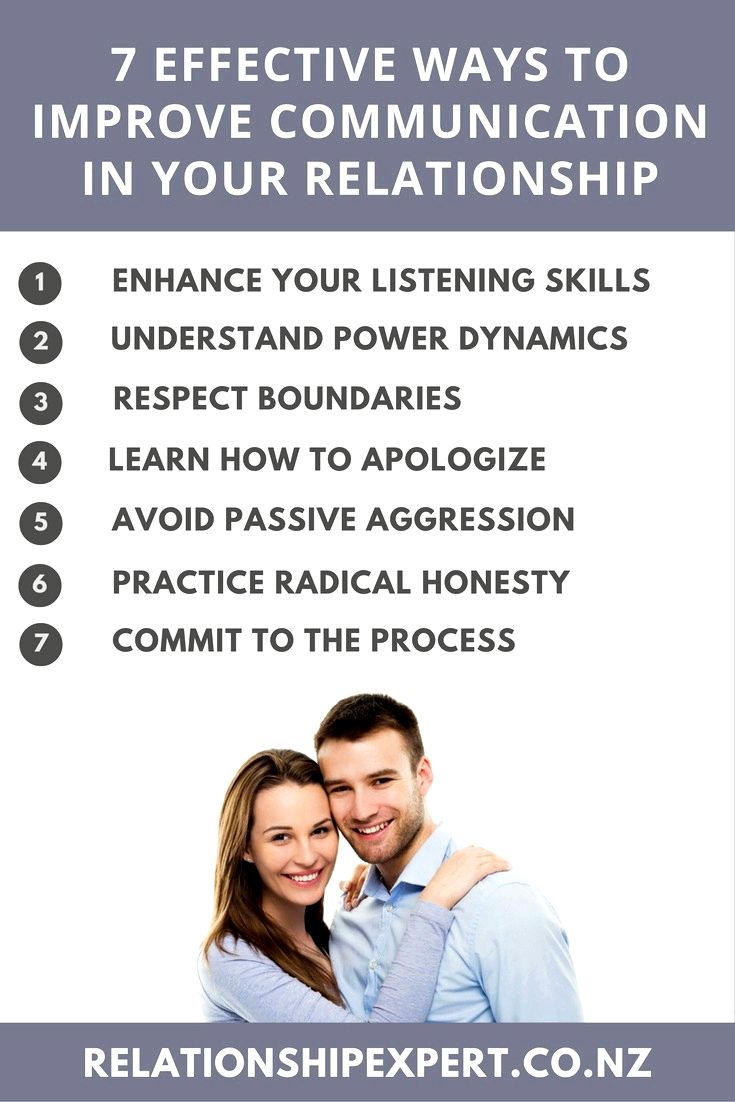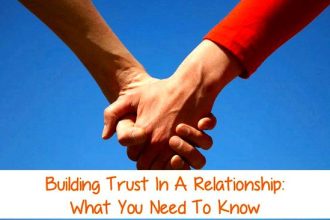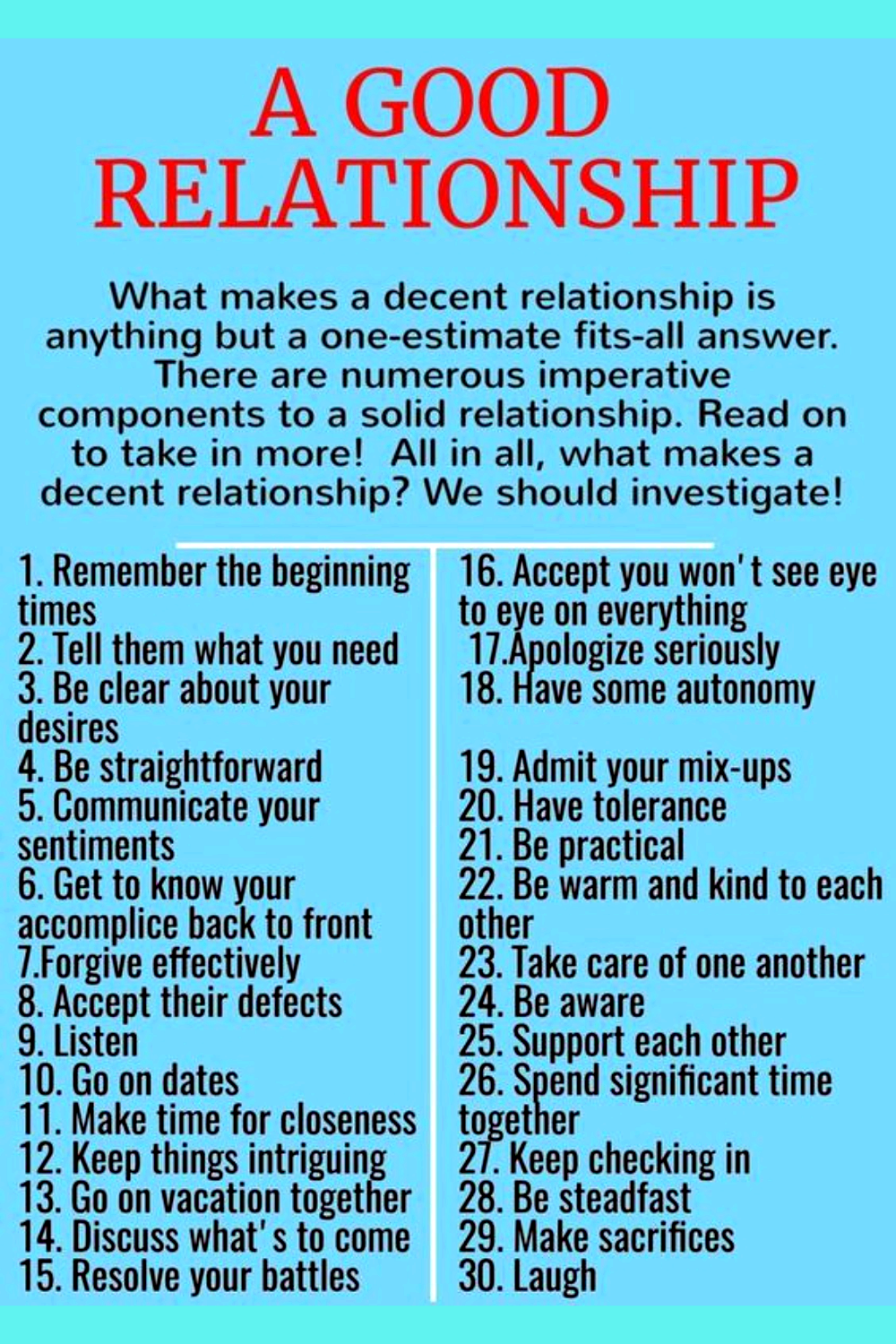1. Active Listening Techniques
Active listening is a crucial skill in any relationship, especially when it comes to effective communication. Here are some techniques to help you be heard and understood:
The first draft is just you telling yourself the story.
Terry Pratchett – Author

- Give your full attention: Show that you are fully present by making eye contact, nodding, and avoiding distractions.
- Reflect back: Repeat what you heard to ensure you understood correctly and to show that you are actively listening.
- Ask clarifying questions: If something is unclear, don’t hesitate to ask for more information to avoid misunderstandings.
- Show empathy: Try to put yourself in the other person’s shoes and acknowledge their feelings to show that you care.
- Avoid interrupting: Let the other person finish speaking before responding to avoid cutting them off and to show respect.
- Summarize: At the end of the conversation, summarize what was discussed to ensure both parties are on the same page.
By practicing active listening techniques, you can improve your communication skills and strengthen your relationships by ensuring that you are heard and understood.
There is no greater agony than bearing an untold story inside you.
Maya Angelou – Poet

2. Using “I” Statements
In communication, using “I” statements can be a powerful tool to express your feelings and needs without sounding accusatory. Instead of saying “You never listen to me,” try saying “I feel unheard when you interrupt me.” By focusing on your own emotions and experiences, you can avoid putting the other person on the defensive. “I” statements can help create a more open and understanding dialogue in relationships. Remember to be specific about your feelings and avoid generalizations. This approach can lead to better communication and a deeper connection with your partner. Give it a try and see how it can transform your interactions.
3. Nonverbal Communication Cues
Nonverbal communication plays a crucial role in how we are heard and understood in relationships. It’s important to pay attention to your body language, facial expressions, and tone of voice when communicating with your partner.
One key nonverbal cue to consider is eye contact. Maintaining good eye contact shows that you are engaged and interested in the conversation. On the other hand, avoiding eye contact can signal disinterest or even dishonesty.
Another important nonverbal cue is body language. Crossing your arms or turning away from your partner can convey defensiveness or a lack of openness. Instead, try to adopt an open posture and lean in towards your partner to show that you are receptive to what they are saying.
Facial expressions also play a significant role in nonverbal communication. A smile can convey warmth and positivity, while a frown or furrowed brow can signal displeasure or disagreement. Be mindful of your facial expressions to ensure that they align with the message you are trying to convey.
Lastly, pay attention to your tone of voice. The way you speak, including your pitch, volume, and speed, can greatly impact how your message is perceived. Speak clearly and calmly to ensure that your words are heard and understood.
By being mindful of these nonverbal communication cues, you can improve your ability to be heard and understood in your relationships. Remember to practice active listening and be open to feedback in order to foster healthy and effective communication with your partner.
4. Clarifying Misunderstandings
Misunderstandings are common in relationships, but they can be detrimental if left unaddressed. One of the most effective ways to clarify misunderstandings is by practicing active listening. This means giving your full attention to your partner, paraphrasing what they say to ensure you understand correctly, and asking clarifying questions when needed.
Another helpful tip is to avoid making assumptions. Instead of jumping to conclusions, take the time to gather more information and seek clarification from your partner. It’s important to communicate openly and honestly about your feelings and perspectives, as this can help prevent misunderstandings from escalating.
When addressing a misunderstanding, try to remain calm and composed. Avoid blaming or accusing your partner, and focus on finding a solution together. Remember that communication is a two-way street, so be willing to listen to your partner’s perspective and validate their feelings.
By taking proactive steps to clarify misunderstandings, you can strengthen your relationship and foster a deeper sense of understanding and connection with your partner.
Setting Boundaries
Setting boundaries is crucial in any relationship. It’s important to communicate your needs and expectations clearly to your partner. This will help prevent misunderstandings and conflicts. When setting boundaries, be assertive but respectful. Remember, boundaries are about taking care of yourself and your well-being. It’s okay to say no and to prioritize your own needs. Boundaries can also help you maintain a healthy balance in your relationship. Make sure to discuss boundaries openly with your partner and be willing to listen to their boundaries as well. By setting boundaries, you can create a strong foundation for a healthy and fulfilling relationship based on mutual respect and understanding.
6. Seeking Professional Help When Needed
In some cases, despite our best efforts, we may find that communication issues in our relationships are too complex or deeply ingrained to resolve on our own. This is where seeking professional help can be beneficial. A relationship counselor or therapist can provide an impartial perspective, offer tools and strategies for improving communication, and help both partners work through underlying issues that may be contributing to misunderstandings.
Therapy can also be a safe space for each person to express their thoughts and feelings openly, without fear of judgment or rejection. Additionally, a therapist can help establish healthy communication patterns and boundaries, as well as address any individual issues that may be impacting the relationship.
Remember, seeking help from a professional does not mean that your relationship is failing. It shows that you are committed to improving communication and strengthening your connection with your partner. Don’t hesitate to reach out for support when you need it – it can make a world of difference in your relationship.





